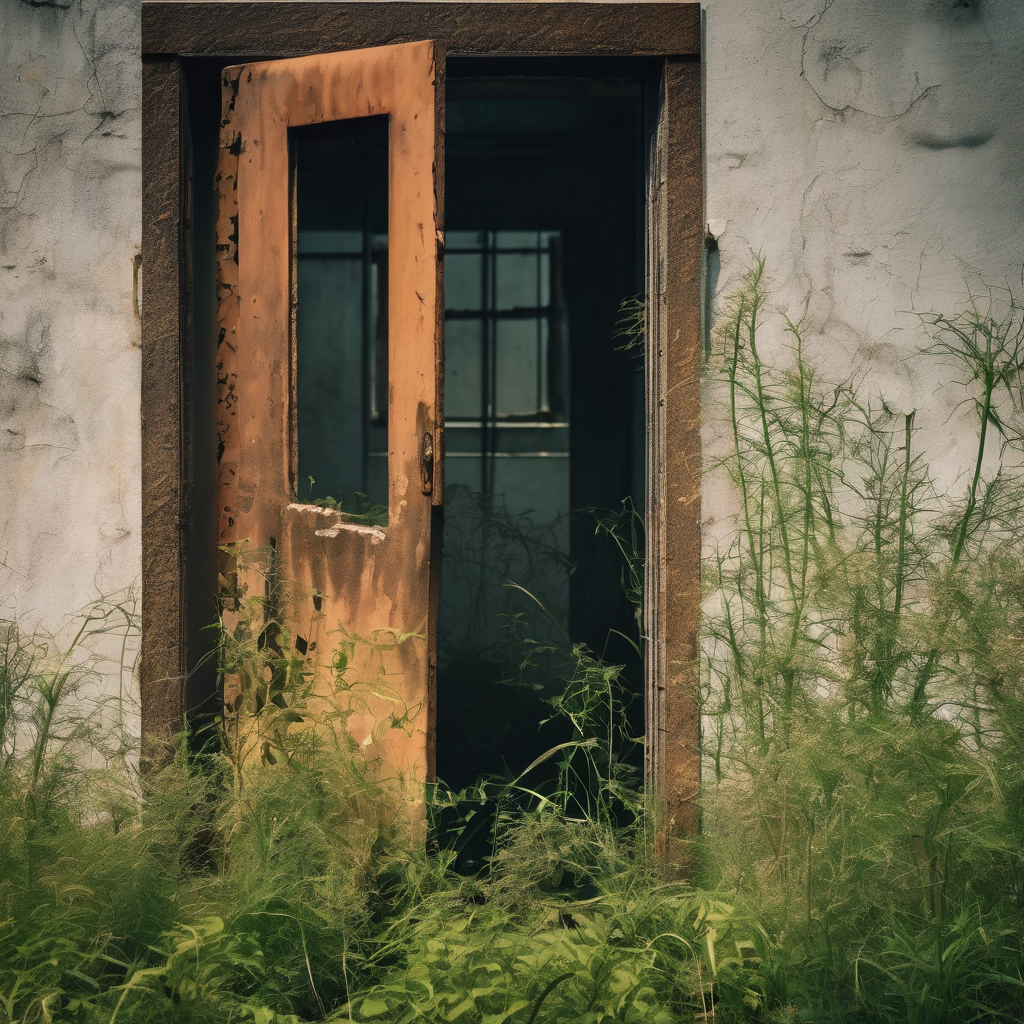Mayoral candidate Andrew Cuomo has recently voiced his strong opinion regarding the borough-based jail proposal, advocating for the construction of new facilities on Rikers Island instead. During a Crain’s mayoral forum on October 8, Cuomo criticized the existing plan, describing it as a “major debacle” that is significantly delayed, over budget, and outdated. He proposed building state-of-the-art jails on Rikers, while converting the borough jail sites into affordable housing and commercial developments.
In an op-ed published in amNY, Cuomo elaborated on his vision for improving the correctional system in New York City. He acknowledged the harsh realities of Rikers Island, referring to it as a “human-rights failure” that is “outdated, unsafe, unacceptable.” His proposal involves a phased approach to rebuilding modern, humane facilities on Rikers, while transforming the four borough jail sites into vital community assets, including affordable housing, retail, childcare, and open spaces.
Cuomo articulated that these sites are strategically located near transit and are primed for development, making them ideal for revitalizing local neighborhoods. He stressed that instead of creating “fortress-jails,” the focus should be on neighborhood improvement that directly benefits families and communities.
The original plan to build borough-based jails was rooted in an initiative from former mayor Bill de Blasio in 2017, which aimed to shut down Rikers by 2027. However, recent updates reveal that not only is the timeline unrealistic, with completion estimates for the Chinatown jail now pushing into 2032, but the project’s budget has also ballooned from $2.13 billion to $3.7 billion. Furthermore, the anticipated reduction in prison population has not materialized; reports indicated that the Rikers population has actually increased to over 7,000, surpassing the city’s projections.
Public engagement around the jail developments has also been problematic, as city officials have frequently shared project renderings with the media before local residents, who are organized and eager to participate in discussions regarding their communities.
With urgent construction plans filed recently for what is set to be a substantial 1,039,645-square-foot jail project, it appears that a lot hinges on the outcome of the upcoming mayoral election. Regardless of who emerges as the next mayor, there is hope that consideration for the community’s needs and a shift toward a more sensible approach could still be on the horizon.
